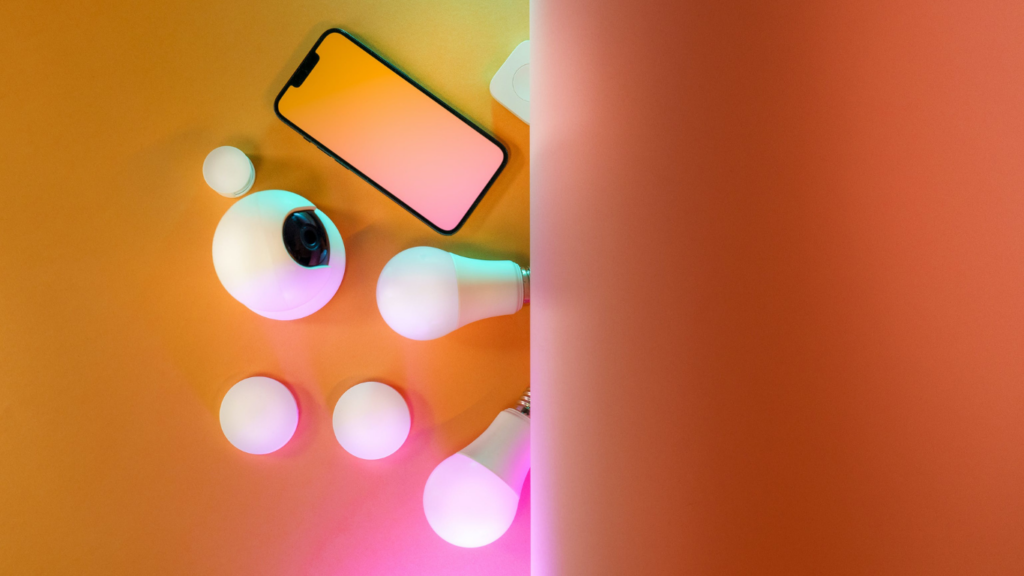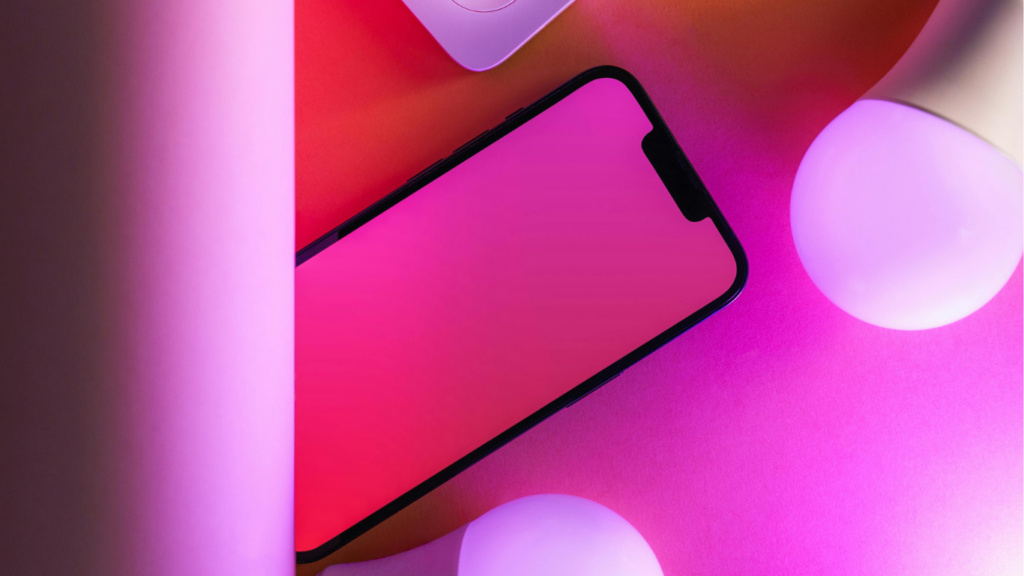Understanding Smart Home Lighting Systems
Smart home lighting systems allow me to manage and automate the lights in my villa, enhancing both convenience and ambiance.
Key Features
Smart lighting systems include features like voice control, mobile app integration, and automation. Voice control lets me adjust the lighting using voice commands via platforms like Amazon Alexa or Google Assistant. Mobile app integration allows remote control of lighting from anywhere, providing flexibility. Automation enables custom lighting schedules, creating tailored routines that match my daily activities.
Benefits of Smart Lighting
Smart lighting offers numerous benefits, such as:
- energy efficiency
- enhanced security
- personalized lighting experiences
Energy efficiency reduces electricity bills by adjusting brightness according to the time of day. Enhanced security is achieved through automated lighting schedules that simulate occupancy when I’m away. Personalized lighting experiences improve comfort by adjusting color and intensity to suit moods and occasions.
Choosing the Right Smart Lighting System

Selecting the best smart lighting system ensures optimal functionality and integration with your villa’s existing setup. Consider the following aspects to make an informed decision.
Popular Brands
Several brands in the smart lighting market offer high-quality products. Philips Hue provides a wide range of bulbs, strips, and fixtures compatible with major smart home platforms. LIFX offers bright, vibrant bulbs with excellent color accuracy and no need for a hub. TP-Link’s Kasa series includes affordable options with reliable app control. These brands, among others, guarantee robust ecosystems and consistent updates.
Compatibility with Existing Systems
Compatibility is crucial when integrating a new smart lighting system with your villa’s current setup. Ensure the chosen system supports primary platforms like Amazon Alexa, Google Assistant, or Apple HomeKit. Verify if the system works seamlessly with your existing network protocols, such as Zigbee or Z-Wave. Assess if the new lighting setup needs additional hubs or bridges to function properly. This ensures smooth operation and avoids potential disruptions.
Setting Up Your Smart Lighting System
Installing a smart lighting system in your villa transforms the ambiance and usability of your living spaces. Following these steps ensures a smooth setup process.
Installation Process
First, gather all necessary components. This includes smart bulbs, a central hub (if required), and necessary tools. Ensure you remove old light bulbs and replace them with the new smart bulbs. Most smart bulbs are compatible with standard sockets, so this task’s simple.
Next, plug in the central hub. Some systems, like Philips Hue, need a hub to connect bulbs with your network. Plug it into a power source and connect it to your router using an Ethernet cable.
Test your new bulbs. Ensure each bulb lights up when you turn on the respective switches. This ensures all units are functioning before proceeding with software configurations.
Configuring Your Smart Devices
Once your hardware is ready, download the relevant mobile app. Major brands like LIFX, Philips Hue, and TP-Link Kasa offer apps compatible with both iOS and Android devices.
Open the app and follow the setup instructions. Typically, this involves creating an account, selecting your device type, and pairing your bulbs with the app. Ensure your phone is connected to the same Wi-Fi network as your smart hub for seamless pairing.
Customize settings within the app. Adjust brightness levels, schedule on/off times, and group bulbs by room or function. Many apps offer integration with voice assistants like Alexa or Google Assistant. Link your accounts to enable voice commands.
Finally, test the functionality through the app and voice commands. Turn lights on or off, change colors, and create scenes according to your preferences. This confirms your setup and allows you to make any necessary adjustments.
Controlling Your Villa’s Lighting
Smart home systems offer advanced control over villa lighting, allowing for convenience, customization, and efficiency.
Using Smartphone Apps
Smartphone apps simplify lighting control. Popular brands like Philips Hue and LIFX provide user-friendly apps. These apps let you turn lights on and off, adjust brightness, and change colors. Installing and configuring these apps involves downloading from app stores and connecting to your smart bulbs/hub. The interface usually features sliders for brightness and buttons for scenes. For instance, you might create a “Movie Night” scene with dimmed, warm-colored lights.
Voice Control Options
Voice control offers hands-free convenience. Systems like Amazon Alexa and Google Assistant integrate seamlessly with many smart lighting brands. After linking your smart lighting system to the voice assistant, you can issue commands like “Alexa, turn off the living room lights” or “Hey Google, set the dining room lights to 50% brightness.” Ensure your devices are connected to the same Wi-Fi network and follow the pairing instructions in the voice assistant’s app.
Scheduling and Automation
Automating your lighting enhances security and saves energy. Most apps feature scheduling options, allowing lights to turn on/off at specific times. For example, you might schedule outdoor lights to turn on at sunset and off at sunrise. Automation can also involve motion sensors and geofencing. These functions turn lights on when someone enters a room or arrives home. Use your app’s scheduling interface to set these routines, ensuring your villa’s lighting is both practical and energy-efficient.
Enhancing Your Villa’s Ambiance
Effective smart lighting can transform your villa’s atmosphere, providing both functional and aesthetic benefits.
Customizing Lighting Scenes
Customizable lighting scenes create the perfect ambiance for any occasion. Using smart home apps like Philips Hue, I can adjust brightness levels, colors, and intensities to set different moods. For example, I might create a “Relax” scene with dim, warm lights for a cozy evening, or a “Work” scene with bright, cool lights to stay focused.
Smart lighting systems come with pre-set scenes, and I can also create custom ones. By combining different lights and adjusting their settings, I enhance each room according to specific activities or times of day. These personalized scenes are easily accessible via the app or through voice commands with Amazon Alexa or Google Assistant.
Integrating with Other Smart Devices
Integrating smart lights with other smart home devices amplifies convenience and efficiency. When I connect my smart lighting system with smart thermostats like Nest, for instance, the lights can adjust based on temperature settings. If the thermostat detects a significant change in ambient conditions, it can trigger the lights to adapt accordingly.
Integration with smart security systems boosts home safety. Philips Hue lights can sync with security cameras and sensors to flash or change color in case of an alert. This added functionality helps deter intruders and provides visual notifications about potential security breaches.
Overall, integrating smart lighting with other smart home devices not only streamlines controls but also enhances the overall functionality of my villa’s smart ecosystem.
Troubleshooting Common Issues
Smart lighting systems can occasionally encounter issues. Here’s how to address some common problems you might face.
Connectivity Problems
Ensure that both your router and smart lights are powered on. Sometimes, simple power cycling—turning devices off and on—resolves connectivity issues. Check that your Wi-Fi network is stable and that smart lights are within range. Use a Wi-Fi extender if necessary. Confirm that the smart lighting system’s app is updated. Issues often arise from outdated software. If problems persist, reconnect the smart lights to the network. Access the app, remove the device, and re-add it. Make sure the smart lighting system’s bridge or hub is properly connected. Verify if your light bulbs are compatible with your current setup. For example, Philips Hue bulbs require a Philips Hue Bridge for full functionality.
Device Malfunctions
- If a light bulb isn’t responding, check if it’s properly screwed in and not burnt out.
- Test it by replacing it with a known working bulb. Reset the malfunctioning bulb to its factory settings.
- Instructions for this are usually found in the user manual or the manufacturer’s website.
- Update firmware regularly, as outdated firmware can cause malfunctions.
Use the app to check for and install updates. Ensure that your device settings are correct within the smart home app. For example, TP-Link’s Kasa app has specific settings for device control. If a device isn’t responding to voice commands, re-link it with your voice assistant, like Amazon Alexa or Google Assistant. Check for compatibility issues if you’ve recently made changes to your home network or added new devices.

 Michael Matherne has been instrumental in the development of Villa Estates Luxe, leveraging his extensive background in real estate and digital marketing to shape the platform's success. His strategic insights have been crucial in curating the latest news and market trends, ensuring that users receive timely and relevant information tailored to their needs. Michael has also been pivotal in enhancing the overall user experience, implementing innovative features that make navigating the site seamless. His commitment to providing high-quality content and fostering a community of informed buyers and investors has significantly contributed to Villa Estates Luxe’s reputation as a trusted resource in the luxury villa market.
Michael Matherne has been instrumental in the development of Villa Estates Luxe, leveraging his extensive background in real estate and digital marketing to shape the platform's success. His strategic insights have been crucial in curating the latest news and market trends, ensuring that users receive timely and relevant information tailored to their needs. Michael has also been pivotal in enhancing the overall user experience, implementing innovative features that make navigating the site seamless. His commitment to providing high-quality content and fostering a community of informed buyers and investors has significantly contributed to Villa Estates Luxe’s reputation as a trusted resource in the luxury villa market.